1) Doodling
Anyone can doodle and create simple shapes. It’s as simple as putting pen or pencil to paper and randomly sketching anything that comes to mind. You don’t even have to make straight lines. Doodles come in any shape or form, and in any color. But don’t let the simplicity of this exercise fool you!
Get Into The Habit Of Making: Draw Inspiration From The Every Day. Drawing The Everyday Every Day Is Your Guide To Exploring Your Creativity And Integrating A Drawing Habit Into Your Daily Routine. Learn More.
Doodling increases your visual literacy and helps you process ideas, even when you are not trying! Experiment with different materials and drawing tools, and draw whatever comes to mind. You can also recruit your friend and co-workers to develop a doodle quilt using sticky notes in different colors.
2) Entopic Graphomania
This exercise is based on a Surrealist game. Simply grab a sheet of paper—it can be a page from an old paperback book, or anything with markings—and place dots on specific words or letters. You choose what set of marks, words, or letters you want. Then connect the dots with curved, zigzag or straight lines to create a pattern. These exercises reveal hidden patterns in negative space, show you how choices can make a difference and will help you engage in randomness to take your work a few steps further.
3) Non-Dominant Hand
If you have been drawing for some time and are feeling stuck or uninspired by your marks, it may be time to reinvent in order to discover something new. Years ago I had developed a great exercise that involved rendering minute and exact details using graphite pencils on a fine surfaced drawing paper (Strathmore Drawing paper). I was bored, and so I set out to change my habit by using tools and paper that were the exact opposite—ink in a faulty dip pen on hot press paper, which is slightly spongy. I also used my non-dominant hand and no photo reference.
This simple exercise lasted for a few months. It felt awkward and I didn’t expect anything massive to come from it, but it did! When I went back to drawing with familiar tools, I was breaking down the image in different ways and drawing with less restrictions.
4) One Day, One Theme
Choose one theme or one kind of object, and only draw that thing during the course of a day. You can vary your approach to this by choosing an animate or inanimate object, a color, a size of something, things that are scary or make you laugh, or things that start with a specific letter.
You can also use synonyms, such as things that move you emotionally versus things that literally move you, like modes of transportation. The more thoughtful you can be, the more you exercise your concept-building abilities as well as you hand skills.
5) Word Stacks
Take 25 blank index cards and cut them into thirds. On the first stack, print an adjective on each card, on the next stack, print a noun, and on the third stack print a verb on each card. Shuffle each stack separately, then draw one card from each pile and put them next to each other, forming a phrase such as Devilish/Book/Laughing. Then draw it! It might not turn into fine art but it will help cultivate basic skills and build your confidence in the craft.
thank you by




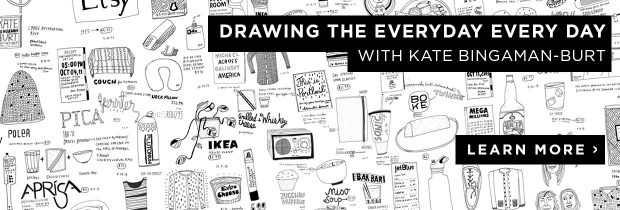
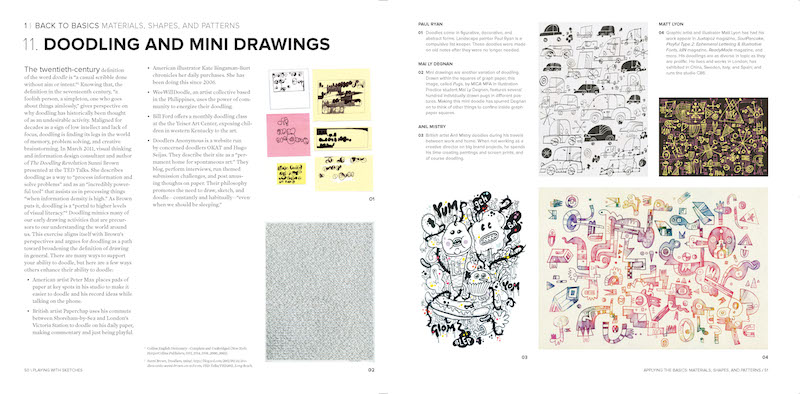
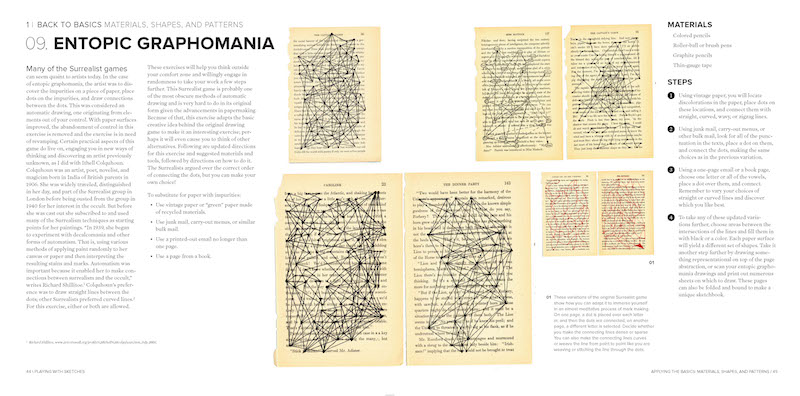
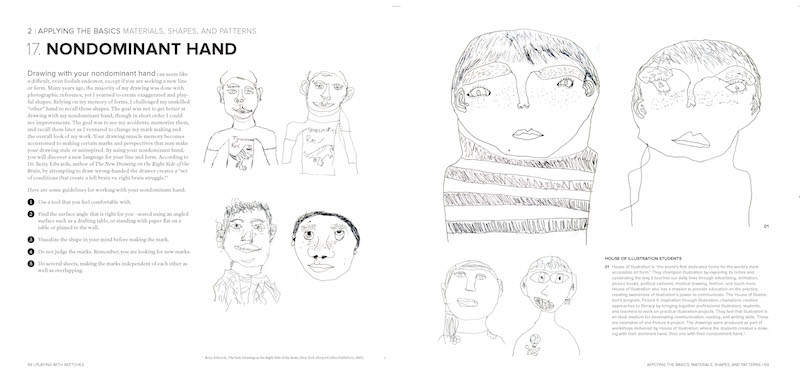
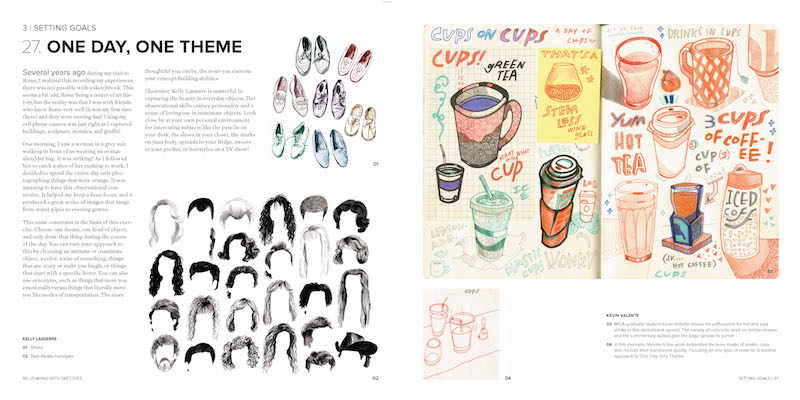










0 comments:
Post a Comment